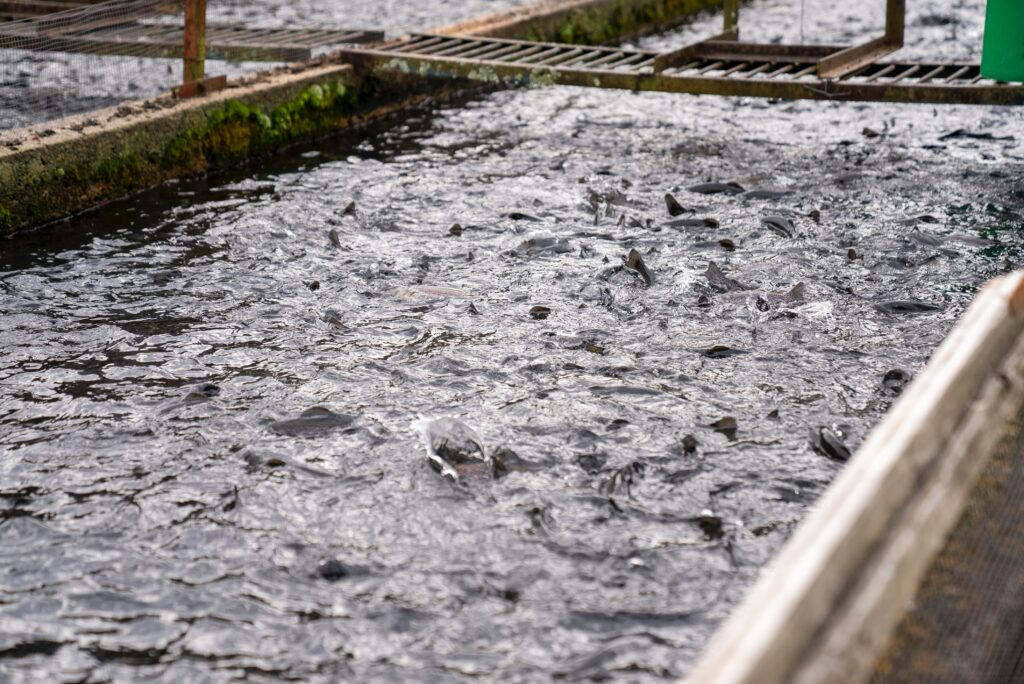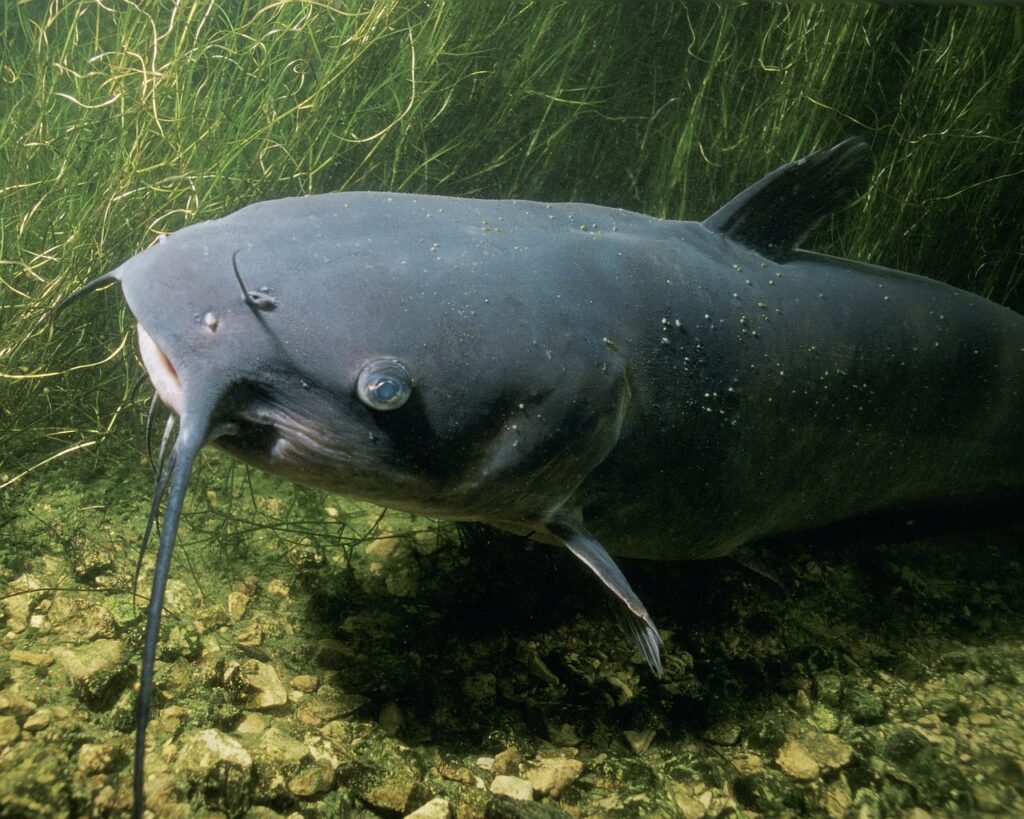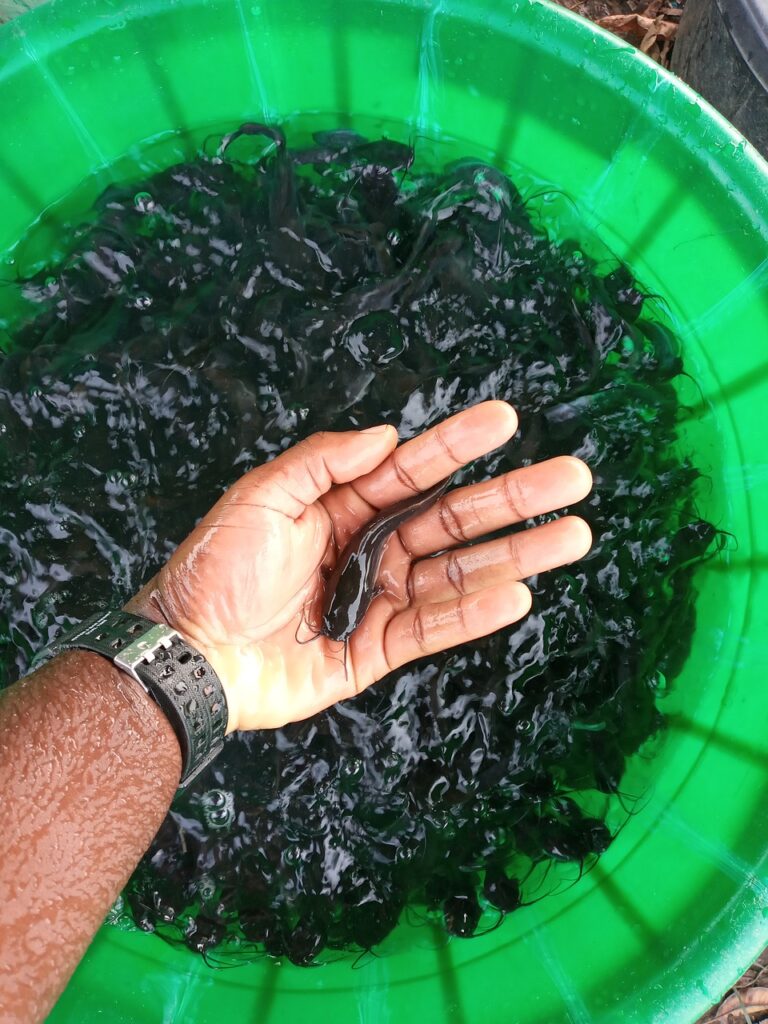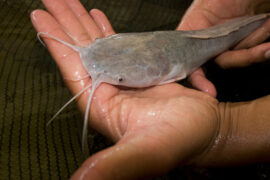Introduction
When you’re thinking about starting a catfish farm, it’s important to know the dos and don’ts of the business. There are a lot of things to consider before you get started, and if you’re not prepared for them, you could run into some serious trouble.
In this article, we’ll discuss the most important things to keep in mind when starting a catfish farm. We’ll cover everything from how to choose your site to what kind of equipment you’ll need. By the end, you’ll know exactly what it takes to make your catfish farm a success.
How to Write a Powerful Fish Farming Business Plan in 6 Steps

What Is Catfish Farming?
Catfish farming is the process of raising catfish in a controlled environment for the purpose of harvesting them for human consumption.
It’s becoming more and more popular as a way to meet the growing demand for catfish. In fact, it’s estimated that catfish farming will generate over $1 billion in revenue by 2020.
The Top Profitable10 Crops to Grow on Your Homestead
There are a few things you need to know if you’re thinking of starting a catfish farm. First, you need to find a location that has access to fresh water. The water needs to be clean and have a low level of suspended solids.
You’ll also need to invest in some good quality catfish broodstock and make sure you have a reliable source of food for them.

The Benefits of Catfish Farming
You may be wondering what the benefits of catfish farming are.
Well, for starters, it’s a great way to make a sustainable income. Catfish are a popular food choice, so there’s always a demand for them. And thanks to modern technology, it’s now easier than ever to farm catfish.
Catfish farming is also a great way to help preserve our environment. When done correctly, it can be a very efficient and sustainable way to produce food. And it’s also good for the local economy, as it helps create jobs and boosts economic growth.
So if you’re thinking of starting a catfish farm, there are plenty of reasons to do so! Just make sure you follow the proper guidelines so that you can maximize your success.
The Challenges of Catfish Farming
Farming catfish is not as easy as it seems. There are a lot of challenges that come with it, and if you’re not prepared for them, you’ll quickly find yourself out of business.
For one, catfish are extremely sensitive to their environment. They require clean water and a specific temperature range in order to thrive. If the water quality drops or the temperature fluctuates, the fish will get sick and die.
Another challenge is breeding catfish. It’s not as simple as putting a male and female in a tank together and hoping for the best. The process of breeding catfish is complex and requires a lot of knowledge and experience.
If you’re up for the challenges of catfish farming, then go for it! But make sure you do your research first, so you know what you’re getting yourself into.

How to Start Catfish Farming
So you’re thinking about starting a catfish farm? That’s great! There are a few things you need to know before you get started.
First, you’ll need a pond or lake that’s big enough to house your fish. The water should be deep and have a slow current, and it’s important to make sure the pH level is between 6 and 8.5.
You’ll also need to invest in some good-quality catfish feed, as well as a few tanks or ponds for raising the fry. And don’t forget about the fencing—you’ll need to keep those fish locked up tight!
If you can provide all of that, you’re well on your way to becoming a successful catfish farmer. Just make sure to follow these simple do’s and don’ts, and you’ll be swimming in success!
Tips for Successful Catfish Farming
With catfish farming, there are a few things you need to keep in mind in order to be successful. Here are a few tips to get you started.
1. Choose the right spot: You’ll want to find a place with plenty of sunlight and good drainage. The soil should also be rich in nutrients.
2. Buy quality fish: It’s important to buy healthy fish so that they can thrive and grow quickly.
3. Keep the water clean: Make sure to change the water regularly and use a good quality filtration system.
4. Feed your fish properly: Feed your fish a balanced diet that consists of both commercial feed and live food.
5. Be patient: It can take a while for your catfish farm to become profitable. But with hard work and dedication, you’ll be reaping the rewards in no time!
The Future of Catfish Farming
If you’re thinking about getting into catfish farming, then you need to read this article first. We’ll give you the rundown on the do’s and don’ts of this growing industry, so you can make the right choices for your business.
First of all, catfish farming is a great way to make a profit. The demand for catfish is high, and the prices are going up. So if you’re looking to start a business that will be profitable in the long run, then this is a good option.
But there are some things you need to keep in mind if you’re thinking about starting a catfish farm. For example, you need to make sure you have a good water source because catfish need plenty of water to grow. You also need to be aware of the market conditions, and make sure you’re price points are in line with what people are willing to pay.
And finally, remember that catfish farming is still a growing industry. So make sure you do your research and plan for the future. There’s a lot of potential in this industry, but it’s important to stay ahead of the curve.
Conclusion
Catfish farming is a lucrative business, but there are some things you need to know before you get started. Do your research and plan accordingly, and you can make a lot of money while helping to meet the growing demand for catfish.
Don’t forget that catfish are omnivorous and need a variety of food to stay healthy, so make sure you have a good plan for feeding your fish.
Catfish farming can be a great way to make money, but it’s important to do your homework first. Make sure you have a solid plan in place and be prepared for some challenges along the way. With hard work and a little luck, you can be successful in catfish farming.



